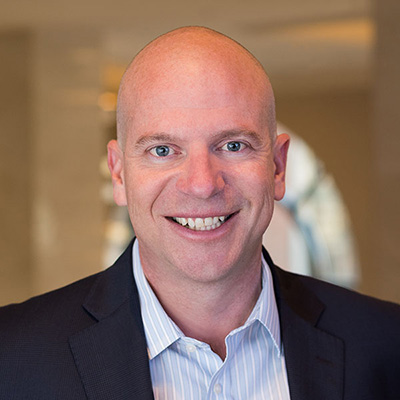Neuromodulation is a well-established and dynamic field in healthcare technology. For more than 40 years, the industry has produced breakthrough technologies and therapies, from spinal cord stimulation (SCS) devices that treat chronic pain to deep brain stimulation (DBS) systems that address movement disorders. Over time, the industry has evolved and expanded these platforms—but advancements on the horizon represent perhaps the biggest technological leap forward in decades.
Simply put, the field of neuromodulation is at a critical inflection point. As the industry continues to master advanced technology platforms, its focus gradually has shifted to set the stage for a new paradigm in therapy advancement: Personalized care. There is significant opportunity to develop therapies that create new standards of care and initiate a new wave of precision medicine. In 2022, four trends will drive this pivot from technology to therapy innovation for neuromodulation.
Leveraging Digital Health Solutions to Meet Patient (and Provider) Needs in the Age of COVID-19
Digital health solutions were a mainstay prior to COVID-19, but the pandemic has expedited the evolution of this space to overcome challenges in terms of access to in-person care. App-based platforms are already helping patients better manage their experience with therapies like SCS and helping providers make more informed care decisions based on data. Remote programming capabilities—which already are available in certain cardiac devices—also offer the potential to take routine adjustments out of the office and expand access to therapy beyond the limits of geography.
In addition, ongoing device technology upgrades—making devices smaller, less invasive and easier to implant—remain foundational to continually advancing patient care.
Sensing Technology Sets the Foundation for Closed-Loop Therapies
Until recently, physicians have had access to limited objective data to help inform their treatment decisions, particularly for diseases of the brain and spine, where billions of neurons and connections can affect how a therapy works. Sensing technology—a feature pioneered by Medtronic based on decades of research—has completely changed the game in DBS. For the first time, the device can detect, capture, and classify brain signals while delivering therapy, enabling physicians to use precise, patient-specific data to make more informed clinical decisions.
The science behind this technological leap is based on the ability to measure how the body is responding to stimulation by measuring local field potentials or brain signals that correlate with the severity of Parkinson’s disease symptoms that are one million times smaller than DBS stimulation pulses.
Similar work is underway in SCS using evoked compound action potentials (ECAPs), a direct measure of neural activation in the spinal cord.
Sensing represents a major paradigm shift in how certain diseases of the brain and spine can be monitored and treated, allowing physicians to see how the body is responding to stimulation and other factors so they can adjust therapy programming based on additional objective data. But sensing is only the first step in moving to more personalized care across various neuromodulation therapies. Today, sensing is commercially available for DBS, and we anticipate the capability to soon be available for SCS.
Closing the Loop to Enable Therapy Automation
Closed-loop technology will allow devices to intelligently use sensing to automatically adjust algorithms and consistently deliver a prescribed, optimal therapeutic dose of stimulation to patients based on how they are responding to stimulation.
This could represent an enormous leap to more personalized care for patients, ensuring they receive the right dose of stimulation at the right time to support their therapeutic needs. In addition, it may enable therapy automation by allowing the device to regulate the therapy in real time within prescribed limits based on the patient’s response. This may ultimately negate the need for manual adjustments and reprogramming.
While closed-loop technology may sound like an advancement of the future, it’s much closer than one might think. Clinical studies evaluating closed-loop SCS, and DBS systems are in progress, and the FDA may even approve the first SCS multi-waveform closed-loop device as early as 2022.
Bringing Neuromodulation Therapies to More Patients Than Ever Before
As devices and technology advance, the industry is also focused on expanding the clinical body of evidence for therapies like SCS and DBS as there are various additional patient populations that could potentially benefit from these therapies. SCS has traditionally been available for chronic, intractable back and leg pain, but the FDA recently approved SCS for treatment of diabetic peripheral neuropathy (DPN), a condition caused by chronically high blood sugar that causes nerve damage and pain. There may also be opportunity for patients with non-surgical refractory back pain (NSRBP) and upper limb and neck pain (ULN), which are being studied now. Longer-term, neuromodulation may play a larger role in treatment options using bioelectronic medicine as an adjunct or alternative to pharmaceuticals or medical procedures to diagnose and treat a range of diseases.
This next frontier in neuromodulation is poised to deliver solutions that may completely transform how we address the most complex neurological conditions. By harnessing the power of personalized objective data, improved technologies and digital health advancements, this next year has the potential to see the most advanced neuromodulation therapies of our time.







